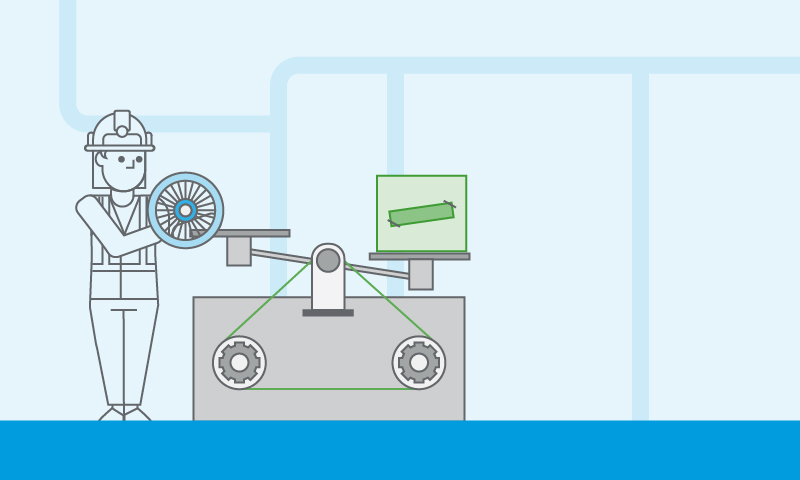29 November 2021
The manufacturing sector’s ability to adapt and respond to challenges and opportunities will be a key factor in determining both its own future success and that of the UK economy as it recovers from the impact of the pandemic.
Rising costs and increased borrowing – liquidity a major concern
The headwinds against the manufacturing sector have dashed hopes for plain sailing over the coming months. Our recent survey highlights that manufacturers are particularly concerned about rising costs.
Raw material prices continue to rise sharply, and there’s no indication that they’ll slow until well into 2022. Energy costs and fuel prices are going in the same direction, and wage costs continue to rise thanks to skills shortages. This is all at a time when the sector is unable to reach the output levels it was hitting pre-pandemic and under pressure to lower its emissions.
The industry is being buffeted on all sides, and inevitably liquidity is going to become an issue for some firms. This is reflected in our survey findings:
- 38 per cent of manufacturers confirm they have used or intend to use restructuring, turnaround or insolvency professionals within the next 12 months; and
- 60 per cent confirm they are planning to take on more debt.
R&D key to putting UK at forefront of innovation
Innovation has always been essential to supporting long-term growth. But UK businesses must now also innovate specifically to contend with the pandemic, the UK’s departure from the EU, and increasing environmental pressures.
Research and development (R&D) tax credits will therefore be crucial to ensuring that R&D projects can move ahead and to improving the cash position and cash flow of manufacturing sector businesses.
Encouragingly, more than half of our survey respondents reported that their R&D plans have so far been unaffected by the pandemic. The annual release of HMRC statistics in September 2021 revealed that 23 per cent of all R&D tax relief claims in the year to March 2020 were made by businesses in the manufacturing sector, amounting to £1.7bn of support delivered and £13bn of eligible expenditure. This represents a 13 per cent increase on the number of claims made by manufacturers in the previous year and on the total support delivered to the industry as a whole.
The future of R&D tax relief
Following a comprehensive R&D tax incentives consultation launched by the government in March 2021, the Chancellor, Rishi Sunak, announced several changes that will be made with effect from 1 April 2023:
- R&D tax relief will be expanded to cover data and cloud computing costs, ensuring the relief is relevant to modern methods of R&D. Data is increasingly pivotal to R&D, and innovative businesses have been embracing cloud computing for several years. With many manufacturers continuing to be challenged by a lack of transparency across their supply chains, this expansion may have far-reaching impact as businesses make further investments in enterprise resource planning systems and other cloud-computing structures.
- The scope of relief will be amended to re-focus the incentives for innovation in the UK. This is likely to limit the relief available on overseas R&D activities, so could be a significant change for those companies with international R&D programmes. More detail to come on this measure.
Practical recommendations
R&D tax incentives can be a great way of accessing much-needed capital for companies both large and small. Even so, eligible R&D is often overlooked. Outside of activities in innovation centres or new product development phases, there are also eligible R&D activities in broader infrastructure, process improvement and operations projects that aren’t often considered in tax relief claims.
We recommend that businesses in the sector:
- Work with an R&D specialist to ensure that the business meets the qualifying R&D criteria, that the correct regime is applied, and that the claim is fully maximised.
- Review the R&D activities being undertaken in the business as soon as the financial year ends, so there’s sufficient time to prepare the relevant information and submit a robust R&D claim.
- Consider innovations the business made to processes as well as to product improvement, as claims can be made for both.









